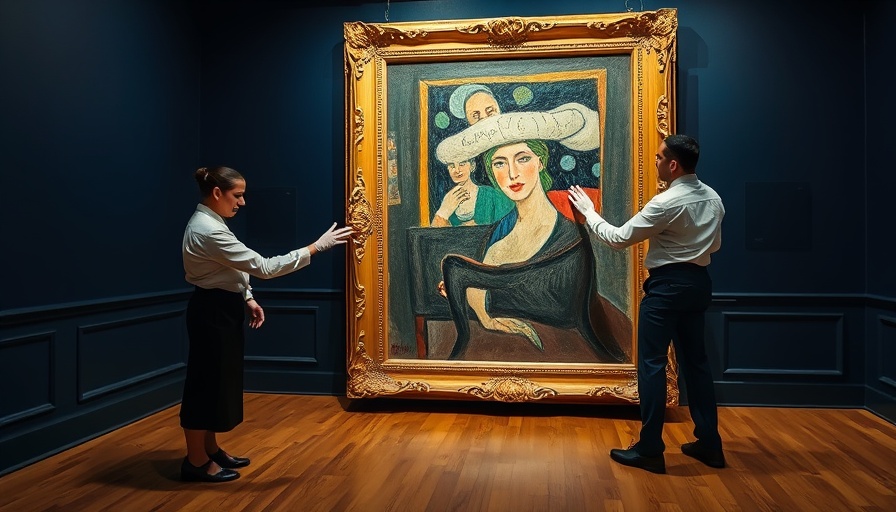
The Tale of a Troubling Sale
In a saga blending the high-stakes world of fine art and murky ethics, a collector by the name of Sasan Ghandehari has filed a lawsuit against Christie’s Auction House. The core of the dispute? A Picasso painting that holds as much controversy as it does value, having once belonged to a notorious criminal. This case shines a light not only on the intricacies of art ownership but also on the ethical considerations surrounding art auctions and the legacy of past owners.
Art with a Complicated Past
Art enthusiasts often see masterpieces as mere objects of beauty, but the histories they carry can be quite complex. In this instance, the Picasso in question once belonged to a convicted drug dealer, whose ill-gotten gains contributed to the art's rise in value. Ghandehari argues that Christie’s should have communicated the work’s controversial past, essentially stating that buyers have a right to know what implications come with their investments.
The Ethics of Auction Houses
This lawsuit raises significant questions about the ethics within auction houses like Christie’s. Should these institutions disclose past ownership, especially when it may taint the perception of the work? In an industry where provenance can greatly influence value, transparency is crucial. The debate emphasizes the continuing relevance of moral implications in the art market, where the value of a piece goes beyond its aesthetic appeal.
A High-Value Controversy
With the potential value of the Picasso reaching into the tens of millions, Ghandehari's lawsuit illustrates how financial stakes heighten the scrutiny of both art pieces and their backgrounds. If successful, this case could set a precedent for future transactions within the art world, mandating greater transparency and accountability from auction houses and sellers.
Collectors’ Perspective: The Right to Know
For collectors, the implications of this lawsuit resonate deeply on a personal level. Many collectors in Philadelphia, who may have navigated the tumultuous art market, will undoubtedly grasp the significance of owning pieces with complicated histories. How will buyers feel about their investments moving forward, knowing the potential shadows from the past? The emotional connection to art is profound, and this case could instigate a shift in how collectors engage with their treasures.
What Lies Ahead: A Changing Landscape?
As the art market continues to evolve, this lawsuit may enrich the conversation around provenance and ethical selling. The outcome may prompt auction houses to adopt new policies prioritizing transparency, aligning with a society that increasingly values ethical consumerism. Collectors should keep their ears close to the ground as these discussions unfold—they may be in store for a changing landscape where the origins of art are just as vital as its craftsmanship.
In conclusion, as art continues to captivate minds and hearts, the realm of ethical considerations must not be overlooked. Those invested in fine art should take this moment to reflect on the importance of provenance and the responsibilities it entails. The art community in Philadelphia, with its vibrant collector base, should engage in this conversation, considering how history influences their ownership beyond mere aesthetics.
 Add Row
Add Row  Add
Add 




Write A Comment